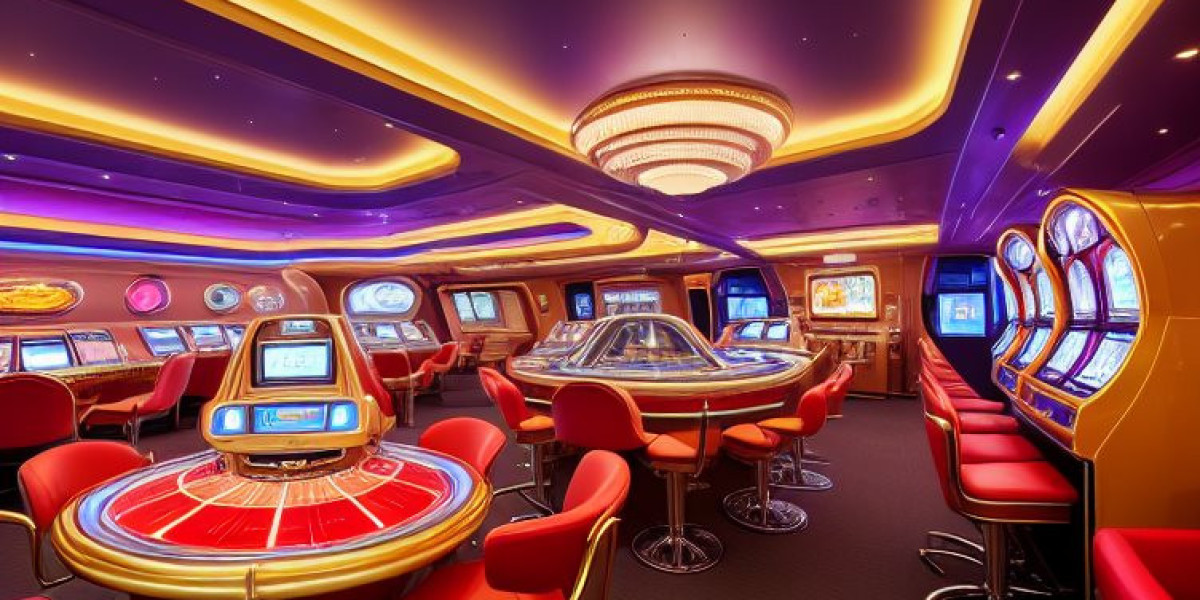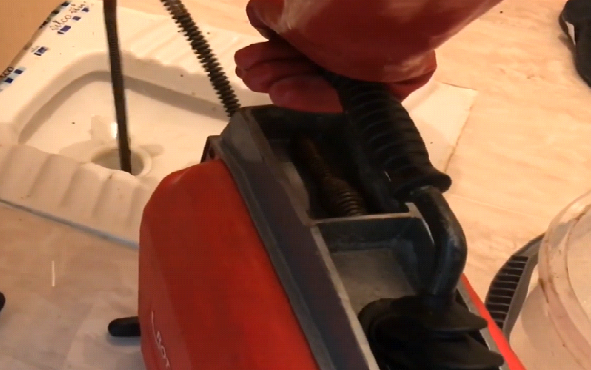The Birth of a Movement Disguised as a Brand
Mad Happy isn't just a clothing label — it’s a cultural movement, a conversation starter, and a heartfelt mission disguised in hoodies and sweatpants. Born in Los Angeles in 2017, Mad Happy was founded by four young entrepreneurs: Peiman Raf, Noah Raf, Mason Spector, and Joshua Sitt. Unlike the polished fashion houses of Paris or the legacy streetwear brands of New York, Mad Happy emerged from a deeply personal place. The founders weren't trying to follow trends. Instead, they were creating something they felt the world desperately needed — a brand rooted in vulnerability, authenticity, and mental health advocacy.
While other brands lean into exclusivity, Mad Happy leaned into openness. The name itself is a paradox: a raw juxtaposition of two opposing emotions, reflecting the unpredictable duality of human experience. That juxtaposition isn’t just clever branding — it’s the essence of the founders’ stories. Several of them struggled with anxiety, depression, and the burden of appearing “put together” in a world obsessed with perfection. Mad Happy was their answer — a way to reclaim their own mental health journey while building a community around it.
Mental Health at the Core: Not Just a Marketing Gimmick
Mad Happy didn’t use mental health as a trendy hashtag — they built their entire foundation on it. In a society where mental well-being is often brushed aside or stigmatized, Mad Happy confronted it head-on. They launched the Local Optimist, a content platform and newsletter that offered stories, reflections, and tips on mental health. They partnered with therapists, psychologists, and experts to make conversations about emotional wellness more accessible.
Perhaps most impressively, Mad Happy put their money where their mouth is. They launched the Mad Happy Foundation, a non-profit dedicated to improving mental health globally, committing a percentage of every sale toward research, education, and awareness efforts. In doing so, they transformed customers into contributors — every purchase became a part of a larger purpose.
Mad Happy’s model challenges the notion that fashion must be superficial. Instead of selling dreams rooted in unattainable ideals, they sell grounded hope — hope that people can embrace their inner struggles, find connection, and start healing. This approach resonated deeply with a generation increasingly aware of the importance of mental health, especially in the wake of global events like the COVID-19 pandemic.
Design Philosophy: Minimalism Meets Meaning
Visually, Mad Happy’s pieces aren’t loud or overly complex. They don’t need to be. The designs are clean, the cuts are comfortable, and the colors — often inspired by nature, sunsets, and serene pastels — speak to the brand’s calming philosophy. Their signature hoodies, sweatpants, and basics often feature simple typography or embroidered phrases like “Local Optimist” or “Mind on the Mend.” It’s subtle, but it carries weight. You don’t need to scream for attention when your message already resonates so deeply.
This commitment to minimalist design doesn’t mean the brand lacks innovation. On the contrary, their pieces are often crafted with high-quality materials and thoughtful tailoring. Mad Happy understands that comfort can be a gateway to confidence — and when you're dealing with anxiety or mental health struggles, something as simple as a well-fitting hoodie can feel like armor.
Limited releases, often tied to themes or mental health awareness moments, keep the brand fresh and intentional. Their capsule collections — like the "Classics" line or collaborations with mental health organizations — aren’t just style statements. They’re storytelling devices, ways to spark reflection while creating beautiful clothes.
The Rise to Cultural Relevance
Mad Happy has enjoyed meteoric success — and not just in sales. The brand has found itself at the intersection of culture, mental health, and youth identity. Celebrities like LeBron James, Gigi Hadid, and Pharrell Williams have been seen sporting Mad Happy, helping amplify the brand’s visibility. But unlike other celebrity-endorsed labels, Mad Happy’s appeal goes far deeper than clout. Its authenticity shines through — and that authenticity has earned it a rare trust among Gen Z and Millennial audiences.
Social media has played a crucial role in that growth. Mad Happy’s Instagram isn’t just a mood board of clothing — it’s a curated space of optimism, introspection, and mental wellness tips. They’ve cultivated a community, not just a customer base. Fans of the brand often describe feeling “seen” or “understood” — not emotions typically associated with fashion.
Beyond the online sphere, Mad Happy has made an impact in the physical world, too. Their pop-up shops — held in cities from LA to Aspen to Miami — feel more like community events than retail stores. Visitors don’t just come to buy a hoodie; they come to journal in reflection spaces, attend mindfulness talks, or contribute to collaborative art projects. It’s experiential retail with a purpose — a way to blur the line between commerce and community.
Collaborations That Matter
In the fashion world, collaborations can often feel hollow — mere marketing tools to drive buzz. But Madhappy Hoodie approaches collabs differently. Each partnership is carefully chosen to reflect a shared mission or elevate a conversation.
Their collaboration with Columbia Sportswear, for instance, wasn’t just about technical outerwear. It was a celebration of exploration — both of the world and the self. Pieces from the collection featured motivational phrases like “Find Peace in the Unknown” — a nod to the mental journey that parallels physical adventure.
Another standout partnership was with the NBA. Instead of simply stamping team logos onto sweatshirts, Mad Happy wove in themes of resilience, performance pressure, and the often-unseen mental health challenges athletes face. This elevated the project beyond merch — it became a vehicle to normalize vulnerability in traditionally “tough” spaces.
These collaborations have helped Mad Happy extend its reach while staying true to its DNA. They’ve shown that you can play in the big leagues while still keeping your message intimate and sincere.
Criticism and the Challenge of Staying Real
As with any brand that achieves rapid success, Mad Happy hasn’t been immune to criticism. Some skeptics argue that commodifying mental health dilutes its seriousness. Others question whether expensive hoodies — some retailing for over $150 — make the brand inaccessible to the very people who might need its message most.
These critiques are not unfounded, and they speak to the delicate balance Mad Happy must maintain. It’s not easy to run a profitable business while remaining deeply mission-driven. Yet, to their credit, the founders have remained transparent about their goals, challenges, and evolution. They’ve consistently reinvested in mental health causes, and their communication remains grounded, avoiding the polished, impersonal voice many corporate brands adopt once they grow.
Mad Happy is learning in real-time — and they’ve made an effort to evolve responsibly. They’ve begun exploring more inclusive sizing, sustainable materials, and ways to make their content accessible outside of the retail experience. They may not be perfect, but they are active participants in the conversation they started — and that matters.
Mad Happy as a Cultural Mirror
What makes Madhappy Tracksuit so compelling is how well it reflects the emotional temperature of today’s world. We live in a time where people crave meaning, connection, and truth. The old model of branding — one based on illusion, exclusivity, and perfection — is losing relevance. In its place is a new wave of authenticity-first brands, and Mad Happy is leading the charge.
In many ways, Mad Happy is a brand for the post-ironic era. It’s not trying to be cool through detachment or cynicism. It’s vulnerable, earnest, and unapologetically emotional — and that’s exactly why it resonates. It reminds us that you can be stylish and still be struggling, successful and still healing, joyful and still anxious. These contradictions are not flaws — they’re the human condition.
Mad Happy has become more than clothing. It’s a badge of identity for people who believe in optimism not as naivety, but as a conscious choice. It’s for those who understand that mental health is not a side conversation — it’s the conversation. It’s for those who want to wear something that doesn’t just look good, but feels good to stand behind.
Looking Ahead: The Future of Mad Happy
As Mad Happy continues to expand, the road ahead is full of opportunities and challenges. Global expansion, broader product categories, deeper philanthropic efforts — all of these are on the horizon. But the real question is whether the brand can maintain its soul in the process.
In an industry known for burnout, creative fatigue, and trend-chasing, Mad Happy stands out by slowing down and being intentional. If they can keep that spirit alive — and continue listening to their community — they have the potential to be one of the defining brands of our generation, not just in fashion, but in culture.
What started as a few friends screen-printing hoodies has become a worldwide symbol of emotional honesty. In a world full of curated perfection, Mad Happy dares to be real — and that might just be the most radical thing of all.







